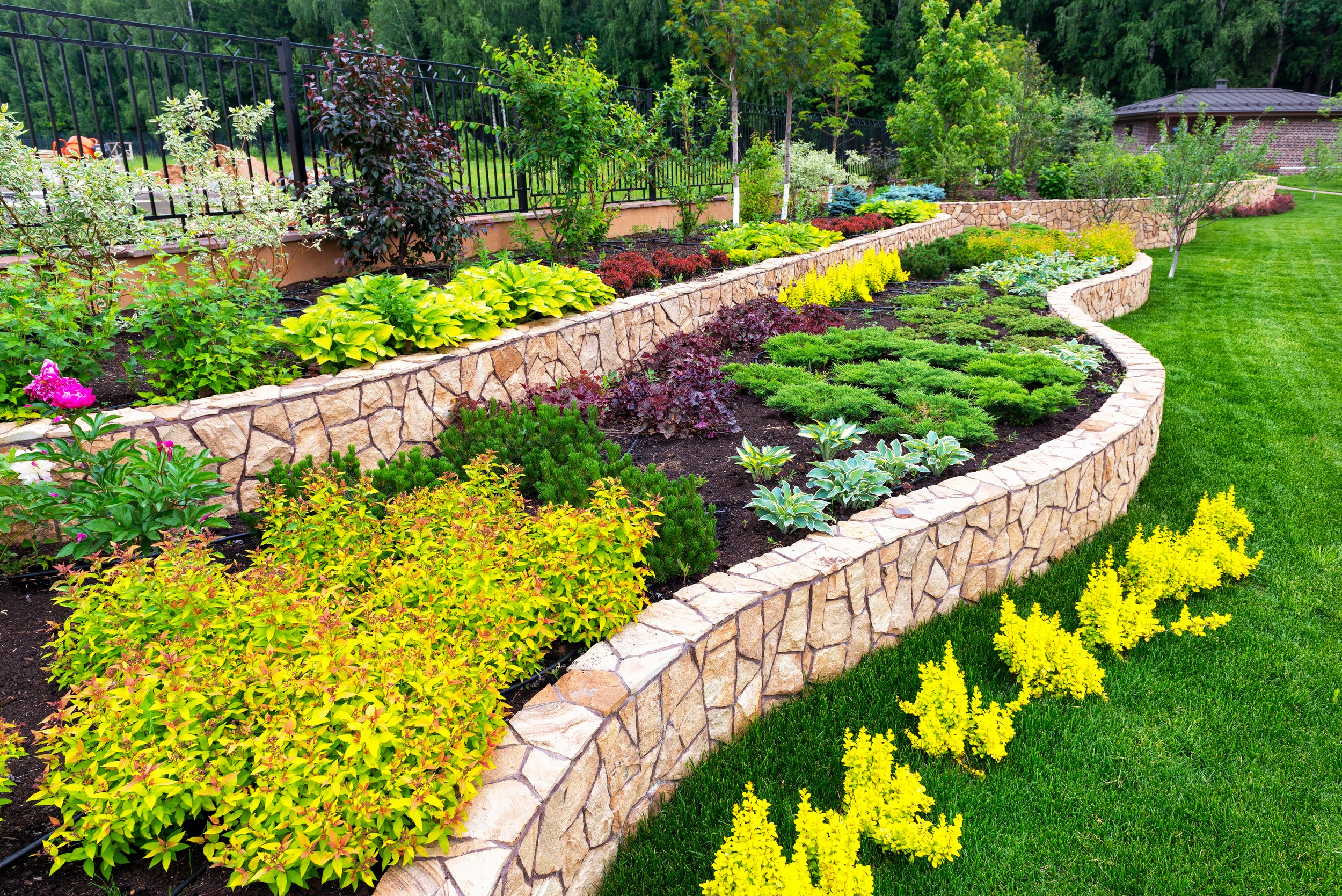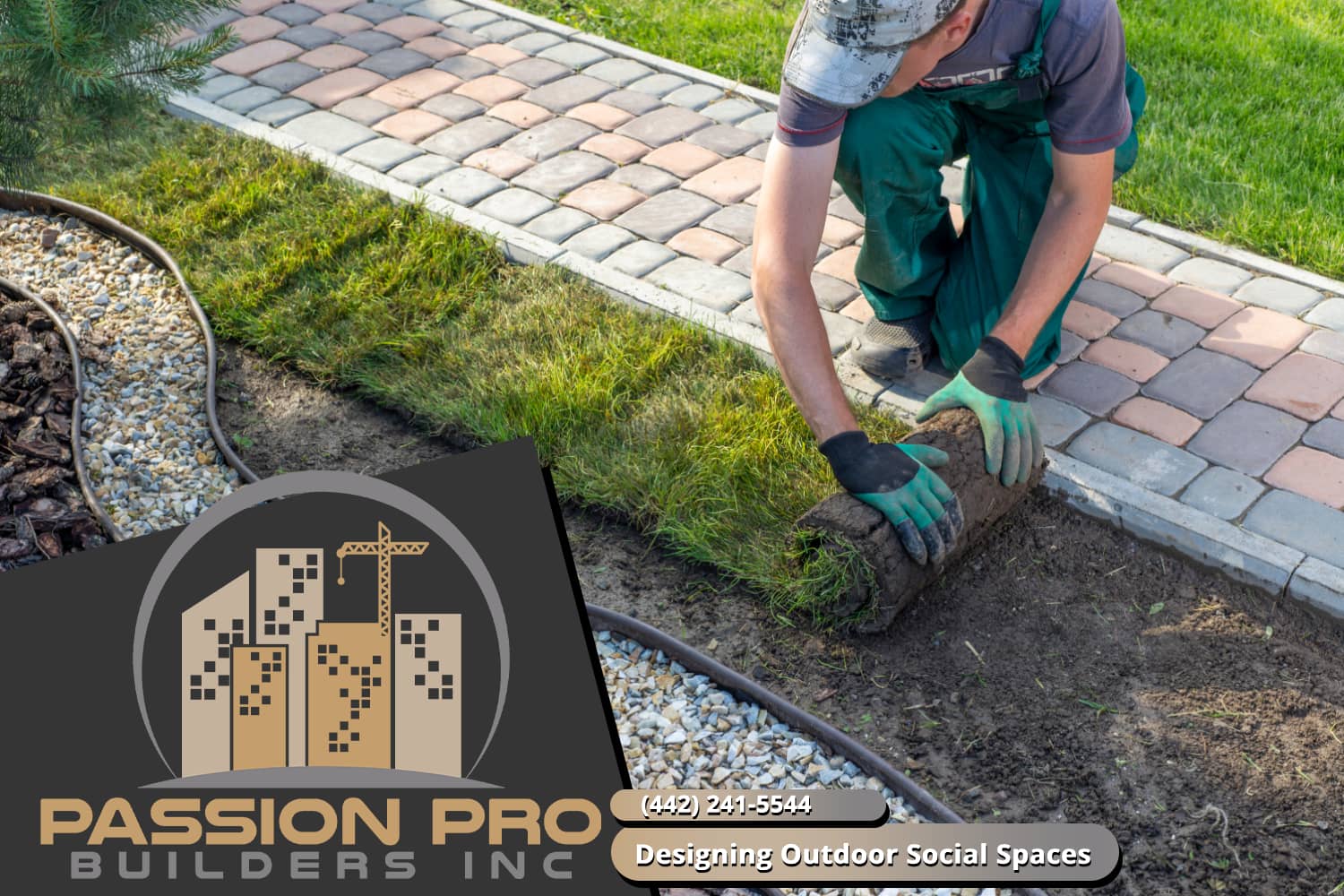The Best Guide To Hilton Head Landscapes
The Best Guide To Hilton Head Landscapes
Blog Article
Excitement About Hilton Head Landscapes
Table of ContentsGet This Report about Hilton Head LandscapesIndicators on Hilton Head Landscapes You Need To KnowAbout Hilton Head LandscapesNot known Details About Hilton Head Landscapes Hilton Head Landscapes Fundamentals ExplainedThe 10-Second Trick For Hilton Head LandscapesThe 10-Minute Rule for Hilton Head LandscapesEverything about Hilton Head Landscapes
Form compatibility is also a significant component of unity in designone or two noticeably different forms are great for comparison and emphasis, however generally all other types should have some similarities for a merged appearance. Appearance describes exactly how crude or great the surface area of the plant or hardscape product really feels and/or looks.
Instances of plants with rugged structure consist of philodendrons, agaves, bromeliads, hollies, hands, and hydrangeas. Hardscape with crude texture consists of rough-cut rock, rough-finished block, and unfinished wood with knots and a raised grain. Aged or old building and construction product that maintains a weather-beaten surface area is usually coarse in structure. Features that develop fine appearance include tiny vegetation; thin, strappy leaves (turfs) or tall, thin stems; small, dense twigs and tiny branches; long stems (creeping plants); and little, delicate blossoms.
All about Hilton Head Landscapes
The majority of plants are medium appearance, in that they can not be defined as having either crude or great structure. Medium-textured plants act as a history to web link and link the coarse- and fine-textured plants.

To make an area feel smaller, place the crude appearances along the outer boundary and the fine structures closest to the customer. The detail of the crude appearance makes the plants appear closer and makes the room really feel smaller. The perceived texture of plants can additionally change with the range from the plant.
Indicators on Hilton Head Landscapes You Need To Know
Strong colors increase the comparison and make the structure appear coarser, while soft colors can flatten appearance. Hardscape with a crude texturesuch as very harsh rocks and strong, big timberstends to make all plant product show up more moderate distinctive. Designers usually develop a texture study (Figure 8) theoretically to help choose the plan of plant products.
Color in plant product and hardscape includes interest and selection to the landscape. Color is the most obvious element in the landscape and is normally the focus of most homeowners; however, it is likewise the most short-term aspect, normally lasting only a few weeks a year for individual plants.
3 Simple Techniques For Hilton Head Landscapes
A simple description of the shade wheel includes the three main shades of red, blue, and yellow; the 3 additional shades (a mix of two primaries) of eco-friendly, orange, and violet; and six tertiary colors (a mix of one nearby primary and second shade), such as red-orange. Color concept describes the connection of colors to each other and how they must be utilized in a structure.

Analogous (often called unified) color pattern are any type of three to 5 colors that are surrounding on the shade wheel, such as red, red-orange, orange, yellow-orange, and yellow, or blue, blue-violet, and violet (Landscapers near me). The colors belong to each various other because they typically consist of two main shades blended to form an additional and two tertiary colors, which implies they share typical buildings
Corresponding shades are usually found naturally in blossoms; an usual pair is yellow and violet. Color is discovered in the flowers, vegetation, bark, and fruit of plants.
Getting My Hilton Head Landscapes To Work
Green vegetation in all its different shades is the leading color by amount, however other shades capture focus quicker because of their high comparison to the color eco-friendly. Shade is likewise found in buildings, rocks, pavers, timber, and furniture. A lot of colors in all-natural products, such as rock and timber, are typically soft and have a tendency to be variants of brown, tan, and pale yellow.
Colors have residential properties that can influence feelings, spatial assumption, light quality, equilibrium, and focus. Great shades often tend to be relaxing and must be made use of in areas for leisure and calmness.
The Definitive Guide for Hilton Head Landscapes
The "temperature" of colors can likewise impact the understanding of range. Awesome shades have a tendency to recede and are perceived as being further away, making an area feel larger. Cozy shades often tend to breakthrough and are regarded as being better, making an area feel smaller. Shade can also be utilized to catch attention and straight sights.
For example, bright yellow, which has the greatest strength, also has a high comparison with all various other colors (usually referred to as a "pop" of shade) and must be conserved. A percentage of intense shade has as much visual weight as a big amount of an extra restrained or weaker color.
Similar (sometimes called harmonious) color pattern are any kind of three to 5 shades that are adjacent on the color wheel, such as red, red-orange, orange, yellow-orange, and yellow, or blue, blue-violet, and violet. The shades are related to every other due to the fact that they usually include two key colors mixed to develop a second and 2 tertiary shades, which means they share typical homes.
Fascination About Hilton Head Landscapes
They have a tendency to have high comparison in between them. The most common sets are violet and yellow, red and green, and blue and orange. Complementary colors are frequently located naturally in flowers; an usual set is yellow and violet. Shade is found in the blossoms, foliage, bark, and fruit of plants.
Green foliage in all its numerous tones is the leading color by amount, yet various other colors capture interest quicker because of their high comparison to the shade environment-friendly - landscaping hilton head sc - https://hiltonheadlandscapes.godaddysites.com/f/transform-your-outdoor-space-with-hilton-head-landscapes. Color is additionally located in buildings, rocks, look at more info pavers, wood, and furnishings. Most colors in all-natural products, such as stone and timber, are normally muted and often tend to be variants of brown, tan, and light yellow
The Definitive Guide to Hilton Head Landscapes
Colors have buildings that can impact feelings, spatial assumption, light top quality, equilibrium, and focus. Amazing colors have a tendency to be relaxing and need to be made use of in locations for leisure and calmness.
The "temperature" of colors can also influence the perception of distance. Great shades have a tendency to recede and are perceived as being farther away, making a space feel bigger. Cozy colors tend to advance and are regarded as being better, making a room feel smaller. Color can additionally be made use of to record focus and direct sights.
Brilliant yellow, which has the greatest strength, additionally has a high comparison with all various other shades (frequently explained as a "pop" of color) and must be made use of moderately. A percentage of extreme shade has as much aesthetic weight as a huge quantity of a much more restrained or weak shade.
Report this page